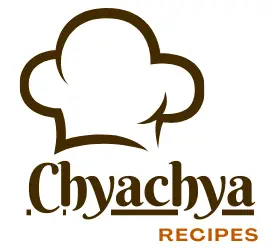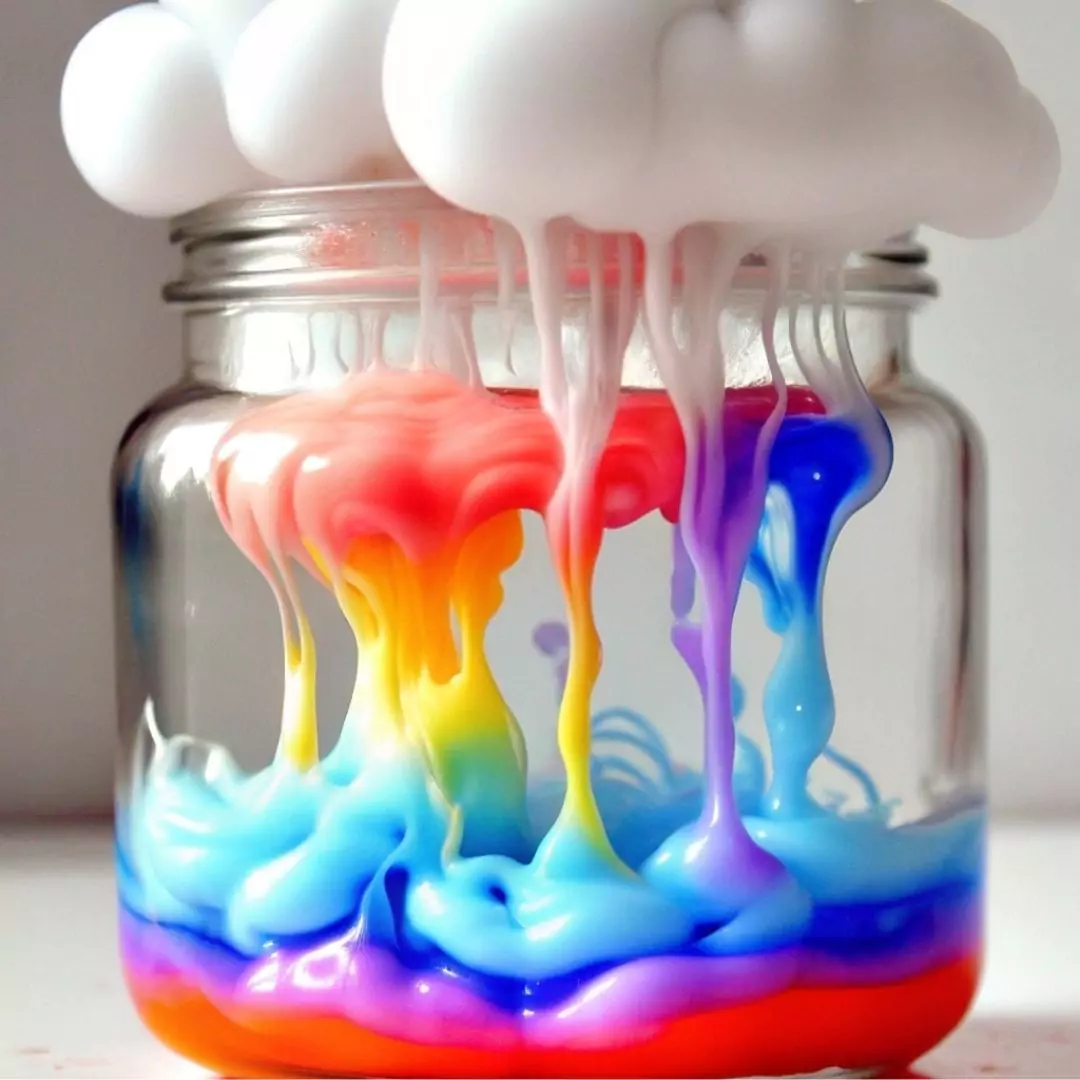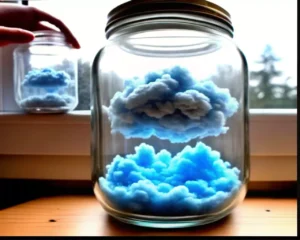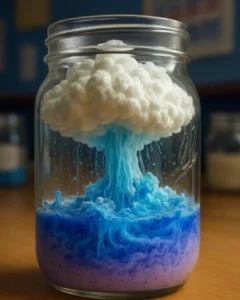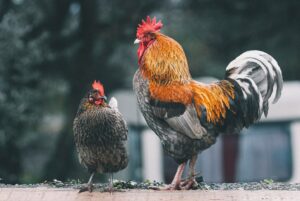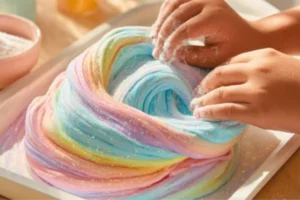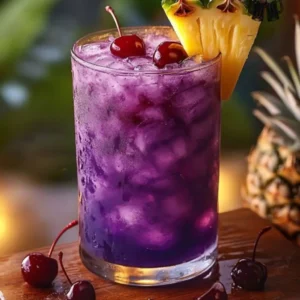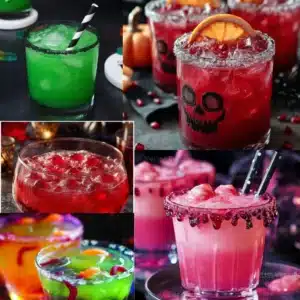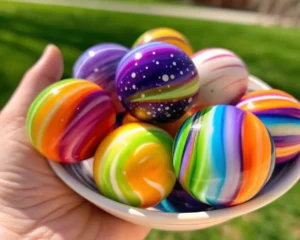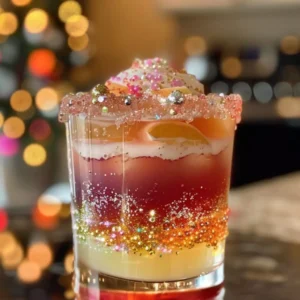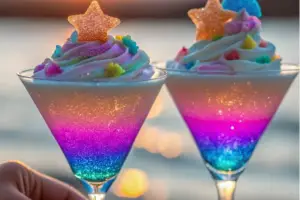Introduction
Why Everyone’s Loving Shaving Cream Rain Clouds — A Whimsical Science Delight
There’s something magical about watching colors swirl and fall like rain through a fluffy cloud. It’s no wonder Shaving Cream Rain Clouds have become a favorite among parents, teachers, and curious little learners everywhere. This simple experiment brings science to life — literally raining down vibrant fun while teaching kids about weather, density, and how clouds work. It’s messy, mesmerizing, and best of all, easy to do with things you already have at home.
It was a rainy Saturday afternoon. My niece Ava, who’s six and endlessly curious, looked up at me with those big eyes and asked, “Why do clouds cry?” I smiled, handed her a clear jar, some food coloring, and a can of shaving cream. As we created our tiny sky in a jar, her face lit up when the “rain” started falling. “Wow! It’s like a cloud volcano!” she squealed. That one moment turned into an hour of giggles and questions — and a lifelong memory.
Now, let’s dive into this magical little science trick that’s more than just fun — it’s full of learning, too.
What Is the Shaving Cream Rain Clouds Activity
The Shaving Cream Rain Clouds activity is a science demonstration that models how precipitation forms and falls from clouds. Using common household items, this experiment creates a visual representation of the water cycle, specifically focusing on the process of precipitation. When food coloring (representing water vapor) is dropped onto shaving cream (representing clouds), it gradually seeps through and creates colorful streams (representing rain) that disperse into the water below. This mimics how real clouds become saturated with water until they can no longer hold it, resulting in rainfall.
Why You’ll Love Shaving Cream Rain Clouds
This experiment offers multiple benefits that make it a standout activity for children:
- Visually Captivating: The vibrant colors slowly filtering through fluffy white “clouds” create a mesmerizing effect that holds children’s attention.
- Educational Value: Children learn about the water cycle, cloud formation, and precipitation through hands-on experience.
- Accessibility: Uses simple materials most households already have.
- Versatility: Can be adapted for various ages, from preschoolers to middle schoolers.
- Low-Mess Factor: Despite its colorful nature, the activity is contained in glassware and easily cleaned up.
- Multi-Sensory Learning: Engages visual, tactile, and cognitive senses simultaneously.
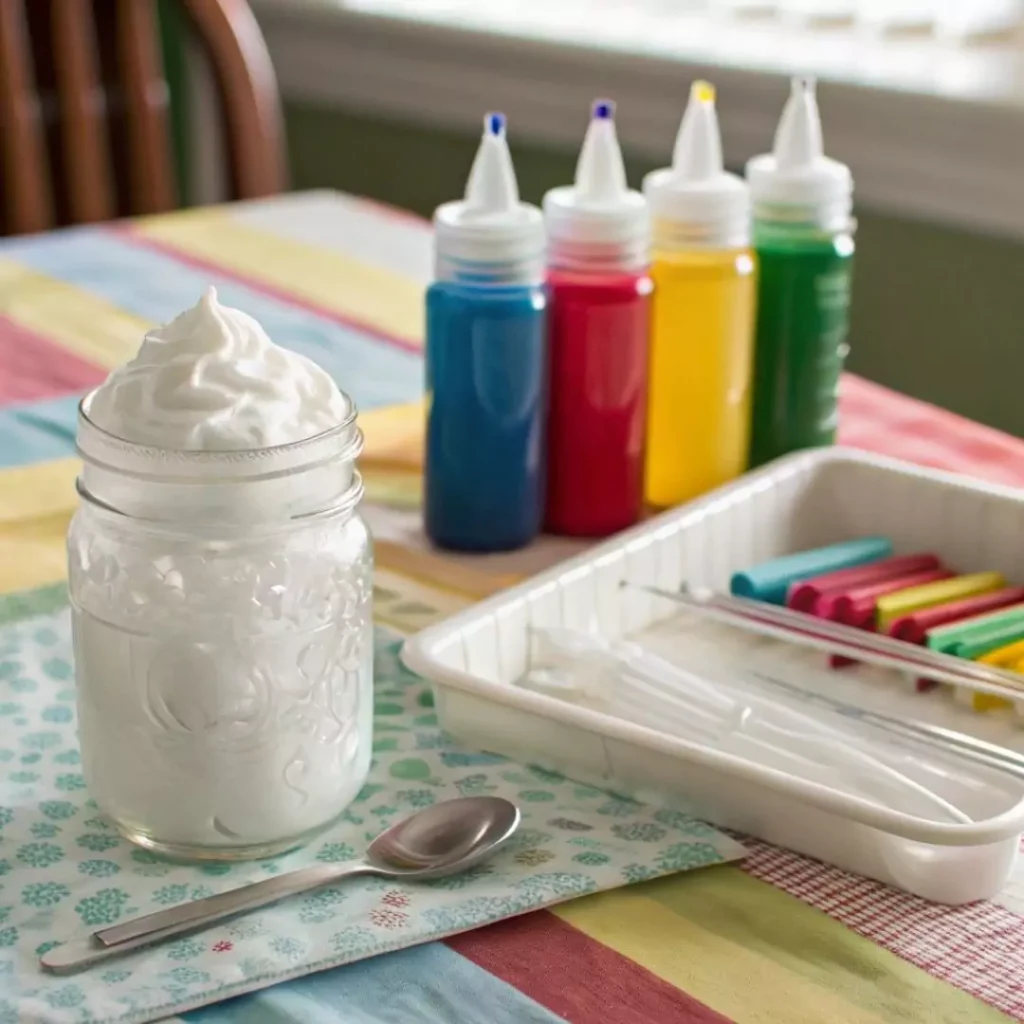
Materials Needed
To create your own Shaving Cream Rain Clouds, gather these simple supplies:
- 1 clear glass or jar (a mason jar, drinking glass, or vase works perfectly)
- Water (enough to fill the glass about ¾ full)
- Shaving cream (foam type, not gel)
- Liquid food coloring (various colors)
- Dropper or spoon
- Optional: Pipettes for younger children for easier handling
- Optional: Tray or plastic tablecloth to protect surfaces
This experiment uses everyday items, making it convenient for impromptu science lessons or rainy day activities. The transparency of the container is essential for observing the “rainfall” effect, so choose the clearest glass or jar available.
Timing
Preparation Time: 5 minutes
Simply gathering and setting up your materials requires minimal time, making this an excellent activity for those moments when you need quick entertainment with educational value.
Activity Time: 15-30 minutes
The actual experiment takes about 15 minutes, but children often want to repeat it with different color combinations or observe the process multiple times. Plan for 30 minutes to allow for exploration and discussion.
Total Time: 20-35 minutes
This is significantly less time than many other science projects require, making it perfect for shorter attention spans or fitting into busy schedules.
Data Insight: According to educational research, elementary-aged children typically maintain focused engagement with hands-on activities for 15-20 minutes, making the Shaving Cream Rain Clouds experiment ideally timed for maximum learning benefit.
Step-by-Step Instructions
Step 1: Prepare Your Container
Fill your clear glass or jar about ¾ full with room temperature water. Using room temperature water rather than cold water helps the colors disperse more effectively once they reach the water layer.
Pro Tip: For a more dramatic effect, consider using a tall, narrow glass that will showcase the vertical “rainfall” pattern better than a wide container.
Step 2: Create Your Cloud
Spray or spoon a generous layer of shaving cream on top of the water, creating a fluffy “cloud” that sits on the water’s surface. Aim for about 1-2 inches of shaving cream that completely covers the water surface.
Quick Trick: If the shaving cream seems too heavy and sinks, you’ve likely used too much. Start with a smaller amount and build gradually.
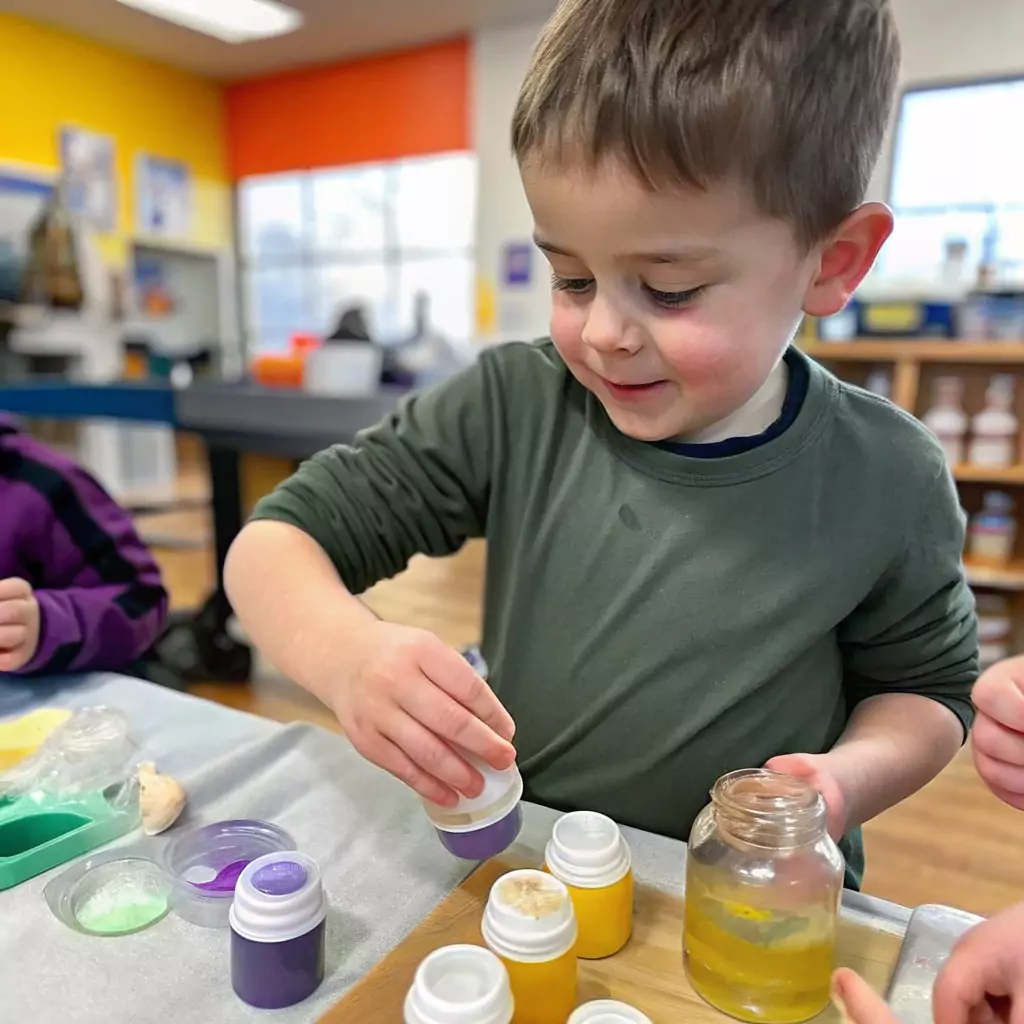
Step 3: Prepare Your “Rain”
Place a few drops of food coloring into separate small containers or a muffin tin if you’re working with multiple children. This prevents accidental spills into the main experiment.
Engagement Idea: Ask children to predict which colors might mix to form new colors when they meet in the water below the cloud.
Step 4: Make It Rain!
Using a dropper or pipette, carefully add drops of food coloring onto the top of your shaving cream cloud. Be patient—this is where the magic happens! Watch closely as the food coloring slowly seeps through the shaving cream.
Science Connection: Explain that this is similar to how real clouds work—they collect water until they become so saturated that the water falls as rain.
Step 5: Observe the Rainfall
After a few moments, you’ll see the food coloring begin to “rain” down from the bottom of the shaving cream into the clear water. The colors will create beautiful streaks as they descend and then disperse into the water.
Observation Question: Ask children why they think some colors might move faster through the cloud than others. This encourages critical thinking about density and molecular movement.
Step 6: Experiment with Variables
Once you’ve mastered the basic experiment, try changing variables such as:
- Using different amounts of shaving cream
- Placing colors in different locations on the cloud
- Using warm versus cool water
- Comparing different brands of shaving cream
Learning Extension: Record observations in a simple lab notebook to practice scientific documentation skills.
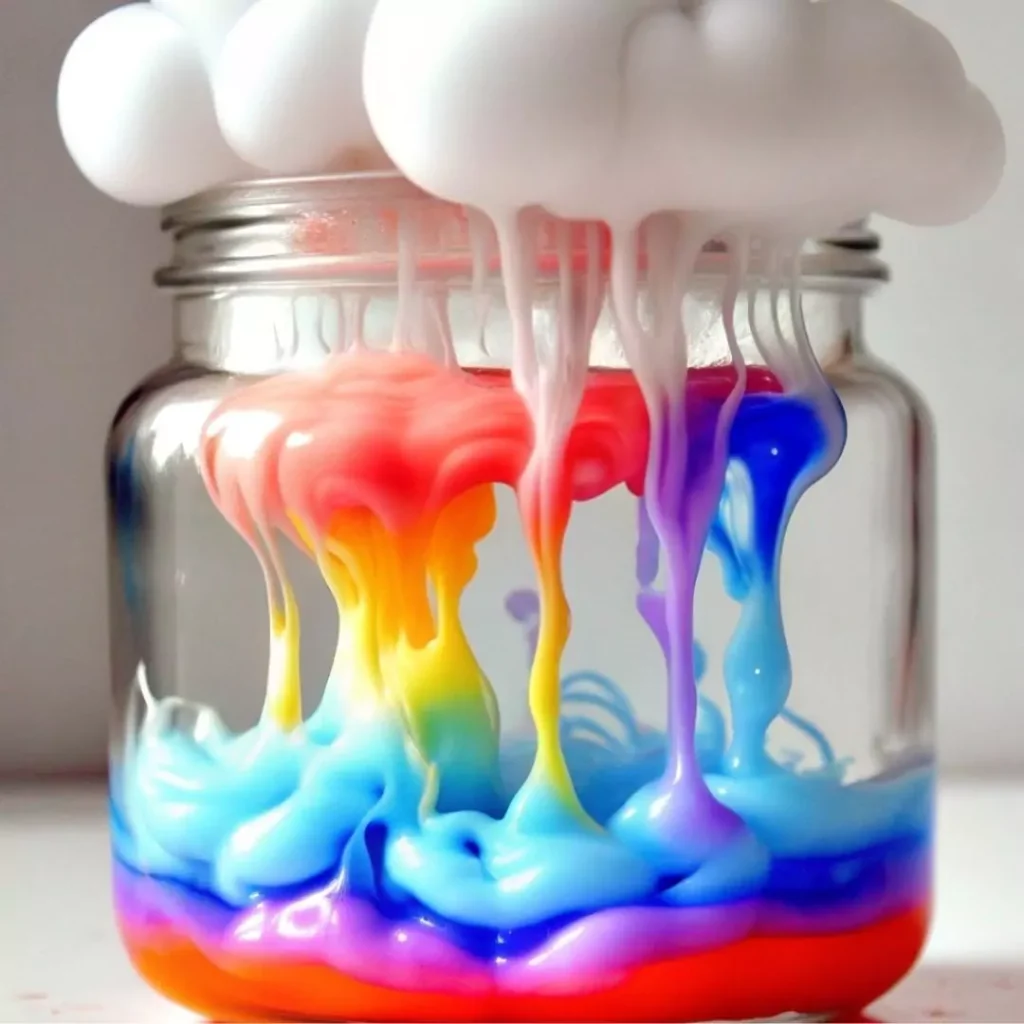
Science Behind the Activity
How Real Clouds Work vs. Our Model
Real clouds form when water evaporates from Earth’s surface and rises into the atmosphere, where it cools and condenses around tiny particles like dust or pollen to form droplets. When enough droplets collect, they become heavy and fall as rain.
In our Shaving Cream Rain Clouds model:
- The water represents our atmosphere
- The shaving cream represents clouds
- The food coloring represents water droplets collecting in clouds
- The colored “rain” represents precipitation
Data Point: Real rain clouds can hold billions of water droplets before releasing rain, with some cumulus clouds weighing as much as 1 million pounds!
The Water Cycle Connection
This activity offers an excellent opportunity to discuss the complete water cycle:
- Evaporation (water turning to vapor)
- Condensation (vapor forming into clouds)
- Precipitation (rain falling from clouds)
- Collection (water returning to larger bodies)
Educational Benefits
The Shaving Cream Rain Clouds activity delivers multiple educational advantages:
- Science Concepts: Introduces meteorology, the water cycle, density, and color mixing
- Fine Motor Skills: Develops precision when using droppers or pipettes
- Observation Skills: Encourages careful watching and noting of changes
- Prediction Abilities: Asks children to anticipate what will happen next
- Vocabulary Building: Introduces terms like precipitation, saturation, and dispersion
Educational Impact: Studies show that children retain scientific concepts 40% more effectively when learned through hands-on experiments compared to textbook reading alone.
Adaptations for Different Ages
For Preschoolers (Ages 3-5):
- Focus on color recognition and simple cause-effect relationships
- Use chunkier pipettes that are easier for small hands
- Emphasize the sensory experience and color mixing
For Elementary Students (Ages 6-10):
- Introduce more detailed explanations of the water cycle
- Encourage independent hypothesis formation and testing
- Add measurement activities by tracking how many drops it takes before “rain” appears
For Middle Schoolers (Ages 11-13):
- Compare the density of different liquids and their movement through the “cloud”
- Introduce concepts of surface tension and molecule polarity
- Design experiments to test variables systematically
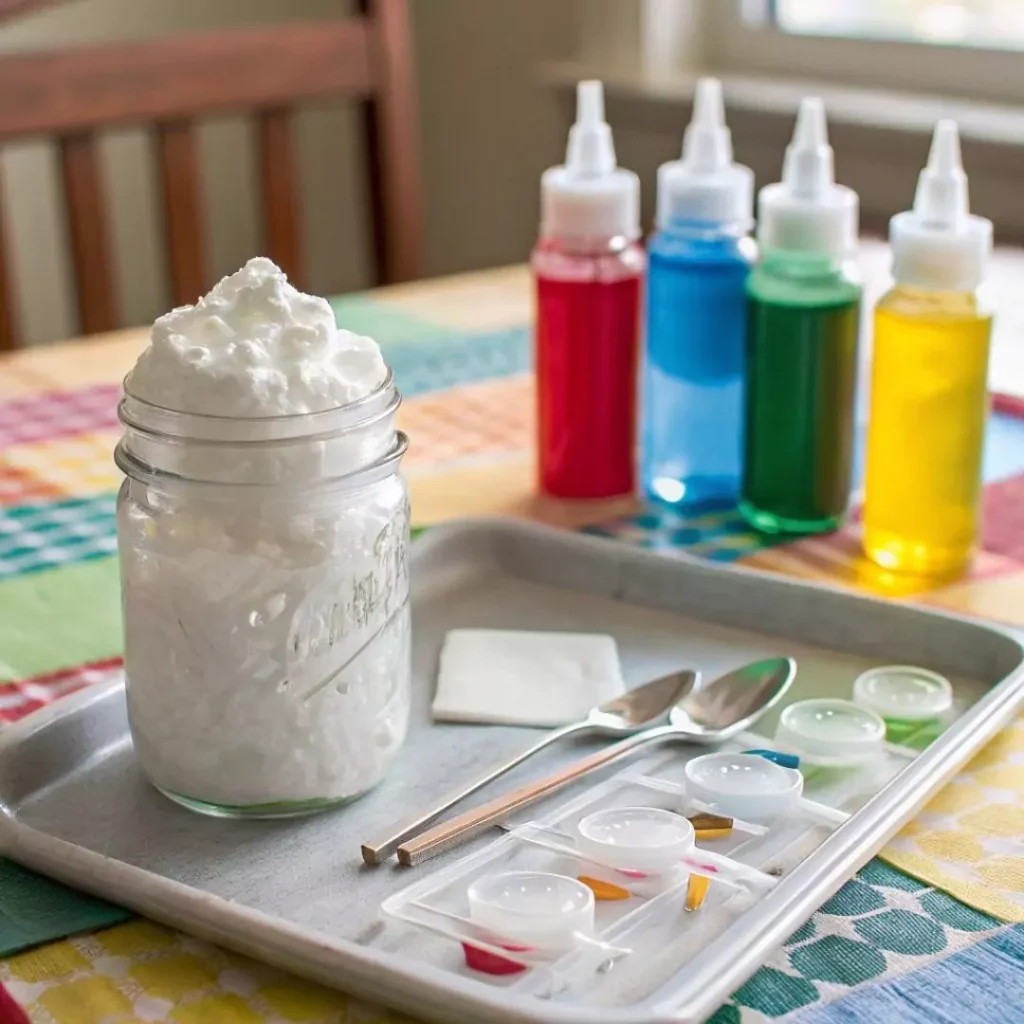
Common Mistakes to Avoid
Mistake #1: Using Shaving Gel Instead of Foam
Shaving gel doesn’t create the right cloud-like structure needed for this experiment. Always use foam-type shaving cream for optimal results.
Quick Fix: If you accidentally purchased gel, you can still create a modified version by whipping the gel with a small amount of water to create foam.
Mistake #2: Adding Too Much Food Coloring
Excessive food coloring can sink immediately through the shaving cream, bypassing the desired slow “rainfall” effect.
Best Practice: Start with just 1-2 drops of food coloring and add more gradually if needed.
Mistake #3: Disturbing the Container
Bumping or moving the container can disrupt the experiment and cause premature “rainfall.”
Solution: Place your experiment on a stable surface away from high-traffic areas.
Mistake #4: Impatience
The most common mistake is not waiting long enough to see results. The magic of this experiment lies in watching the gradual process.
Data Insight: Child development experts note that practicing patience through activities like this helps develop executive function skills essential for academic success.
Extending the Learning
Weather Journal Activities
Enhance the educational experience by connecting this activity to real-world weather observation:
- Keep a simple weather journal for a week
- Compare cloud types on different days
- Discuss what clouds might suggest about upcoming weather
Color Mixing Exploration
Use this opportunity to explore color theory:
- Predict what happens when blue and yellow “rain” meet in the water
- Create a rainbow effect by strategically placing primary colors
- Discuss primary, secondary, and tertiary colors
Artistic Extensions
Connect science with art through these follow-up activities:
- Draw pictures of the water cycle
- Create cloud identification charts
- Make collages representing different types of weather
Cleanup and Storage Tips
Eco-Friendly Disposal
The materials used in this experiment are generally safe to pour down the drain, but for more environmentally conscious disposal:
- Scoop out the shaving cream and dispose of it in the trash
- Dilute the colored water before pouring it down the drain
Preserving the Demonstration
If you want to keep your Shaving Cream Rain Clouds experiment for show-and-tell or extended observation:
- Place it in a location where it won’t be disturbed
- Cover loosely with plastic wrap to prevent evaporation
- Note that after 24-48 hours, the colors will fully disperse and the effect will diminish
Preservation Fact: The colored patterns in the water can remain visible for up to 48 hours if the container is kept still and away from direct sunlight.
Conclusion
The Shaving Cream Rain Clouds experiment offers a perfect blend of science, art, and fun for curious young minds. This simple yet effective demonstration brings abstract weather concepts to life through tangible, visual learning. By creating these miniature rainfall simulations, children gain insights into meteorological processes while enjoying a colorful, engaging activity that sparks wonder and curiosity about the natural world around them.
We’d love to see your Shaving Cream Rain Clouds creations! Try this experiment at home, take photos of your colorful results, and share them in the comments section below. Subscribe to our blog for more kid-friendly science activities that make learning an adventure. Have you tried other weather-related experiments with your children? Let us know what worked for you!
FAQs
Can I use whipped cream instead of shaving cream?
While whipped cream can work as a temporary substitute, it breaks down much faster than shaving cream. If using whipped cream, expect the experiment to last only about 10-15 minutes before the “cloud” begins to dissolve into the water.
Why isn’t my food coloring sinking through the shaving cream?
If your food coloring remains on top of the shaving cream without sinking, your cloud may be too densely packed. Try gently tapping the side of the container or adding a drop of water to the food coloring to help it begin its journey through the cloud.
Is this activity safe for toddlers?
The materials are non-toxic, but this activity requires adult supervision as it involves small items like droppers and food coloring that could stain. For toddlers, consider making it a demonstration rather than a hands-on activity.
Can this experiment be done as a group activity in classrooms?
Absolutely! This makes an excellent classroom demonstration or small group activity. For classrooms, consider using plastic cups instead of glass jars and setting up on a water-resistant surface or trays.
How does this experiment connect to real-world weather patterns?
This model demonstrates the basic principle of precipitation—when clouds become saturated with water droplets, they eventually release rain. In the atmosphere, additional factors like temperature, air pressure, and wind patterns also influence when and how precipitation occurs.
Can we make it “snow” instead of “rain”?
For a “snow” variation, try using white food coloring or a mixture of cornstarch and water instead of regular food coloring. The white substance will create a snow-like effect as it descends through the cloud.
What other household items can teach about weather phenomena?
Consider trying related experiments like creating a tornado in a bottle, making a barometer with a jar and balloon, or observing condensation by placing ice on a metal can. These activities complement the Shaving Cream Rain Clouds experiment for a comprehensive weather unit.
